It all started with a table cloth….
Some musings on embroidery, sheep and sleep deprivation
By Pauhla Whitaker of “Sheep in Stitches”

As a child, I had done a few simple tapestry kits
and a bit of knitting with huge wooden needles
that usually ended up in the creation of something that looked more
like a fishing net than a piece of wearable clothing.
But I had never attempted anything you could really call embroidery.
One day I was looking through a cupboard
and found a half-finished tapestry that I had started about 15 years previously.
It had got bundled away when I ran out of the right colour wool
so I got onto the internet to see if I could find a match,
ended up on a wonderful sewing supplies website
and was completely lost looking through hand-embroidery kits.
When I rediscovered my tapestry, I also found a beautifully hand-embroidered table cloth,
sewn by my grandmother about 60 years ago in a design of beehives,
holly hocks and other cottage garden flowers.
I decided to get some thread, learn some basic stitches and see if I could copy it.
As usual, my Mum came up trumps and dug out a vast bag of vintage embroidery silk
she had bought in the 1960’s when her godmother sold up her haberdashery shop in Bristol,
so I found a piece of old linen and started sewing.
Luckily, I found some part-used skeins of thread
that were an exact match for the design on the table cloth,
but it took about an hour of stitching for light to suddenly dawn…
I was using the same skeins of thread that my Gran had used to sew the original cloth.
As I stitched, a gap of over 60 years closed gently,
reuniting me with my grandmother in spirit at least, through a love of needlework.
With the help of some internet resources,
I gradually built up my repertoire of stitches
before being diverted into other media such as needle felting,
cross stitch and felt toy making just for variety.
I am not good at sitting doing nothing so I like to have a project on the go
on the rare occasions when I’m watching TV.
In 2012 when the whole of the UK seemed to be glued to Bradley Wiggins winning the Tour de France
and then the Olympics, I needed something a bit more substantial to get my teeth in to.
I started work on a still life of wild flowers picked from one of our cornfields.
Our farm is certified organic and so there are plenty of flowers in the field edges and by the time the Olympics was over, I had completed my project.
I shifted back to needle felting for a while but with all the sheep I was making,
it wasn’t long before I ran out of wool roving but it occurred to me that
I had an ideal resource under my nose….350 of them in fact.
I am shepherd to a flock of commercial breeding ewes
on our farm in the Gloucestershire Cotswold Hills in South West England.
We are Soil Association certified Organic and produce our own beef as well as lamb
(find out more about the farm at www.overtownfarm.co.uk )
so at shearing time, I saved three fleeces.
One came from a little black ewe, one from a Herdwick, (the iconic sheep of the Cumbrian Lake District) and one from a white sheep called Friendly.
She was one of my bottle reared lambs from 4 years ago
and lives up to her name by always coming up for a scratch behind the ear when we gather the sheep.
I washed the wool in batches and started felting and on,
the place was full of needle felted sheep.
Friends loved them so I booked a table at the village craft fayer and sold out.
Before I knew it, I had orders coming in, started my business “Sheep in Stitches”
and opened up my shop on Etsy…
…followed by my Facebook page
I am often asked by people if sheep have individual characters and how I can tell them apart.
It’s a fair question but frankly, that’s like asking a parent how they tell the difference between their children! Stand and look at a group of sheep for a moment
and you will see they are all completely different, even if they are the same breed.
3 day old lambs, hanging out together in the sun
I haven’t always been a shepherd.
I went from school to agricultural college
and then milked cows for 12 years before a spinal injury put me out of action.
5 years and two spinal operations later I was back at work and, having married a beef
and sheep farmer in the meantime, I started to become more involved in running the flock.
I had never been that interested in sheep, although I had done some lambing
and routine sheep work at college,
but I discovered that they are very like horses in their reaction to pressure(both emotional and physical).
The work I had done with horses over the years gave me an insight into how to “be” around sheep…
how to move, what sort of body language to adopt
and how to get them to work “with” me to move where I wanted with the minimum of stress to all involved. It is perfectly possible to move a sheep from one end of the barn to the other,
making it turn left or right at will just by using eye contact
and paying attention to where and how you move.
It seems like magic but it’s just using the same body language
to communicate that animals use amongst themselves.
17 years on, I now take responsibility for lambing,
supervising and teaching the lambing students,
overseeing the new-borns and their mums in the lambing pens
and looking after and sickly lambs and ewes in the intensive care unit.
My day stars around 8.30am and I go to bed when all is quiet.
That may be anything from midnight on a good day to 6am on a busy one
and it is quite normal to do three 20 hour days in a row
and still have to get up the next day and do it all over again.
I can quite see why sleep deprivation is used as a form of torture!
On the plus side, there is the incredible peace
and serenity that creeps over the lambing shed in the early hours of the morning.
It almost becomes a different world and one that very few people get to share.
There is something indescribable about sitting on the straw,
surrounded by several hundred sheep who are all peacefully munching hay
and totally unthreatened by my presence.
In the background is the bleating of lambs and the cooing of the white doves who sleep in the rafters.
Sheep who wouldn’t come near me in the field gradually become habituated to my presence
and will walk up and sniff me or even lie down next to me
and some even get friendly enough to demand a bit of a scratch on the head.
By the time we get to the third week of lambing they don’t even bother to get up if I walk into the shed
in the day but if anyone else walks in,
they are up on their feet and off to the far end of the shed at a run.
Sheep are far from stupid!
They recognize faces and body shapes, voices and patterns of movement very well.
They know who their care-givers are and they habituate to them very quickly,
remembering people from one year to the next.
When it comes to lambing, most ewes get on with it themselves
and we don’t intervene if at all possible as it can interfere with the way the ewe bonds with her lambs,
but there are those inevitable lambings where it isn’t going to plan
and the ewe won’t lamb unassisted.
Often it is something as simple as a leg back or twins trying to come out at the same time,
or maybe one with a head back and another with a leg back making a “log jam” that won’t shift.
That is when patience, empathy and small hands work wonders.
Imagine being given a water filled balloon full of coat hangers
and being asked to shut your eyes and pull them out one at a time without popping the balloon.
That’s pretty much like lambing. Everything is tangled up together,
you can’t see what’s going on and the only way you are going to get the lambs out is
by manipulating them with one hand in a restricted space
with the strong muscular contractions of the ewe alternately
trying to push your arm out of her body and cutting off the circulation in your hand.
Being left to lamb a ewe on your own for the first time is the most terrifying thing in the world
but over the years you learn to tell at a glance when everything is progressing
and when the ewe may need assistance, and each lambing you do builds your confidence.
Having said that, we all have the odd one that defeats us and sadly, there are losses.
The lambs that come out alive, look perfect and but refuse to take a breath
and die in front of your eyes can reduce you to tears and make you realise
how fine is the line between life and death.
And yet I am always taken-aback at how something as fragile
and vulnerable as a lamb can be born in the worst weather
and yet be up and suckling from its Mother within 10 minutes.
Every year, I witness hundreds of tiny miracles and I never, ever tire of it,
however physically tired I am myself.
One of my beautiful ewes with twins, two minutes after they were born
At the time of writing the tups (rams) are with the ewes
and will be taken away in 2 weeks’ time when hopefully most of the ewes will be pregnant.
We will ultrasound scan them in February (around Valentine’s Day!) to see which are in lamb
and how many lambs they are carrying so we can feed them according to their needs.
We also colour code them by using a marker spray on their wool so I will know
which ewes are expecting only one and which are carrying two, three or occasionally more
so that I know how many lambs to look out for at lambing and intervene if necessary.
This also makes it easier foster lambs from multiple litters.
Sheep have two teats and it isn’t ideal to rear triplets on them as it is a big drain on the ewe’s body
and one of the lambs usually gets pushed out so we give the spare lamb to a ewe who only has a single lamb. She will usually accept it if she has just lambed
and the triplet can be rubbed with the birth fluid
and given to her to lick with her own lamb and this wet fostering method is usually a complete success.
Lambing starts quite late for us, on 9th April after an average gestation of 147 days
and lasts about 6 weeks.
The weather isn’t always good at the start so we lamb indoors
and then turn the ewes and lambs out into the fields after 3 or 4 days when they are suckling well
and able to look after themselves.
April also means the days are a bit longer so there is more time to go round the fields
in the evening before it gets dark
and make sure all the ewes and lambs are together in their family units before night.
Working closely with animals, following the seasons and the cycles of birth, growth,
death and regeneration in beautiful country,
( if sometimes rather challenging weather at nearly 1000 feet above sea level)
gives me the inspiration to try to translate some of what I see into my handcrafts,
and I hope that each piece manages to capture just a little of the
Swaledale ewes embroidered in a mixture of French knots and satin stitch.
There are approx.. 3000 French knots on this post card sized piece of embroidery
and it took me around 2 weeks to make, sewing for an hour or two each night.
Wow it's a wonder you have anytime to craft.
I love how you use your life on the farm as an inspiration.
It gives your work that extra personal touch.
I hope you will check out Pauhla's pages and her fantastic work!


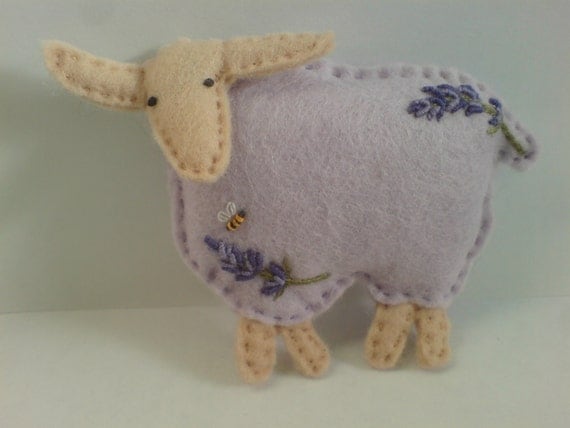
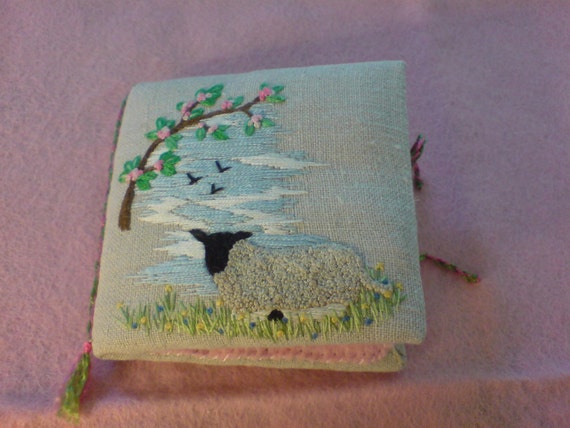
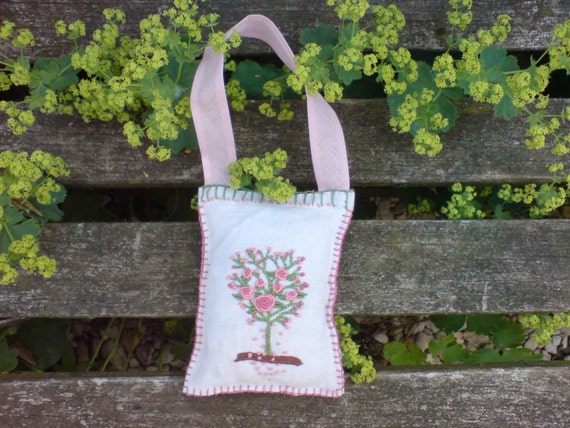
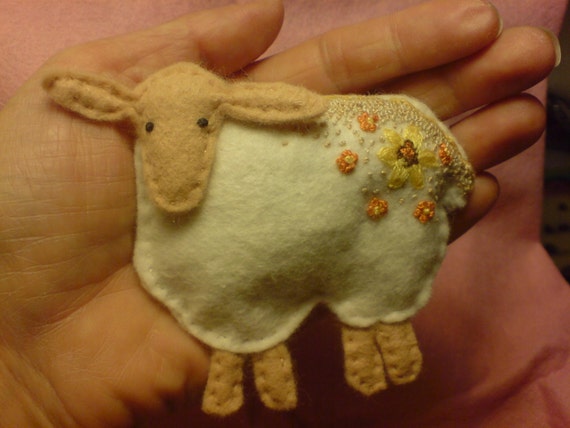

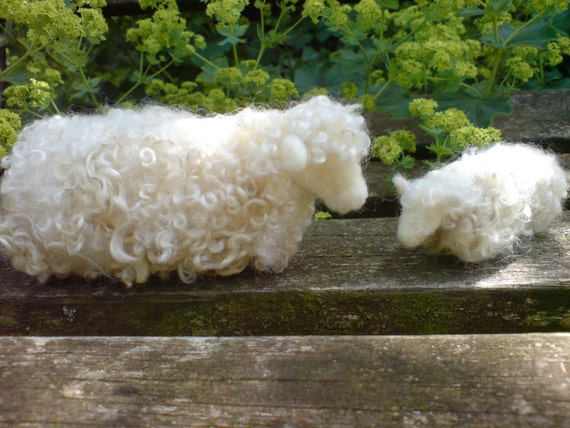

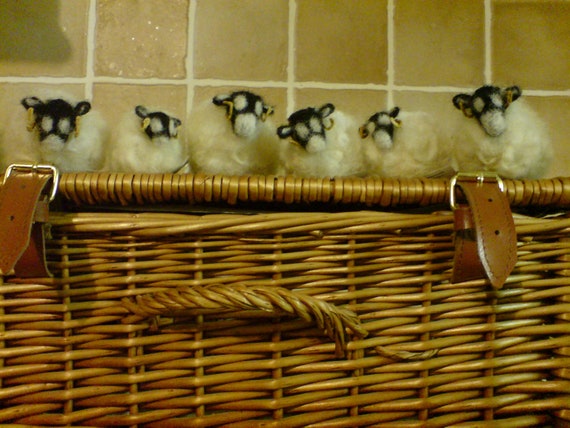













0 comments:
Post a Comment
I hope you enjoy the blog http://www.crochetaddictuk.com!
Thank you ever so much for commenting!
I love reading everything you put and I will try and reply but it just depends on my health.
Thanks Sue